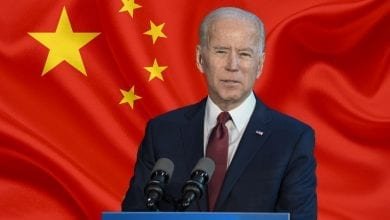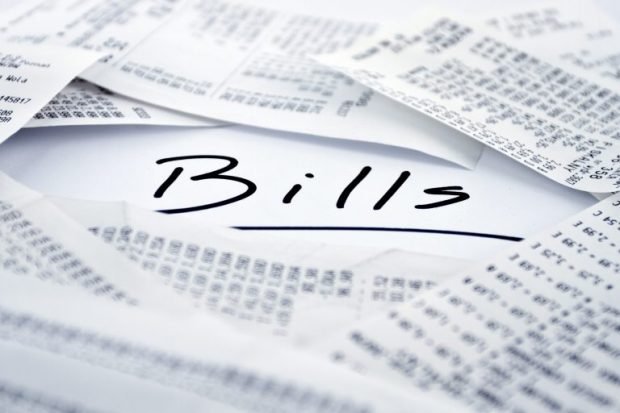If Inflation Increases, Forget About Interest Rate Cuts
If higher wages and higher oil prices push up inflation next year, interest rates won’t be cut and may even be raised.
Recently, Federal Reserve chair Jerome Powell said that with the inflation rate falling and the labor market cooling, interest rates have likely peaked. He further added that the Fed could cut interest rates three times next year and perhaps four times in 2025. The investment community welcomed this news as the stock market soared to new highs. But will those rate cuts happen?
Powell notes that the annual inflation rate, which peaked at 9.1% in June 2022, has fallen steadily. Powell says that the rapid increase in interest rates which began in June 2022 and ended this past summer resulted in the dramatic fall in inflation.
For the past four months the annual inflation rate, as measured by the Consumer Price Index, has remained below 4% and is now at 3.2%, which is close to the Fed’s 2% target. Powell also noted that the Fed accomplished this without any significant increase in the unemployment rate which is currently below the 4% target that economists would call a full-employment economy. Powell says the economy will experience a soft landing.
All of that may be true and is welcomed. But a closer look at the numbers reveals that all is not quite as good as it seems. It also shows that the interest rate cuts forecasted for next year may not happen.
The lower interest rates are not only welcomed by Wall Street but are also welcomed by Main Street. Too many potential home buyers have been forced out of the housing market simply because with 7% or 8% mortgage rates and with ever rising home prices, they couldn’t afford the monthly payments.
Consumers also welcome lower interest rates because they are using their credit cards more than ever before. Last summer, for the first time ever, the total U.S. consumer credit card debt exceeded $1 trillion and is continuing to rise. Average credit card interest rates now exceed 20% and, in some cases, reach as high as 30%.
The Fed will cut interest rates as Powell has forecasted if the inflation rate continues to fall. While that may happen, there is a chance that inflation won’t fall and indeed may increase.
Most of the decrease in the consumer price index (CPI) since June of last year was due to falling energy prices. These prices fell because worldwide demand is falling, mostly because China’s economy is slow to recover from its Fall 2022 2nd COVID shutdown. Other worldwide economies are slowing. In addition, the higher energy prices in 2021 and 2022 led to an increase in supply from some producers.
If energy and food prices are held constant, the core annual inflation rate today is 4%, much higher than the current CPI. The core inflation rate has remained in the 4% to 5% range for more than two years.
There are several factors influencing energy prices. With war breaking out in the Middle East and Iranian backed militias aggressively attacking oil tankers traveling in the Persian Gulf, there is a possibility that some oil will not reach the product markets. That could drive oil prices up significantly.
If oil prices start to rise while the core inflation rate remains at 4%, we could see the overall inflation rate jump to the 5% range. In that case, the Fed would not lower interest rates and indeed may raise them further.
The other factor that could drive up the inflation rate is the large wage increases that labor has negotiated for next year and in many cases for the next three years after that. Many organized labor contracts have called for wage increases of up to 7% per year.
Other non-organized workers see the large wage increase and start demanding more. Wage increases will average more than 4% next year. Since productivity is less than 2%, that large wage increase will cause upward pressure on prices which will contribute to more inflation.
It appears the economy is finally slowing. After more than 2% growth in the first half of this year and 5% growth in the third quarter, most economists are forecasting 1% growth in the current quarter. Even slower growth is forecast for next year. That puts pressure on the Fed to lower interest rates.
But with price stability as their primary goal, the slow economy won’t be enough for them to lower interest rates if inflation is increasing.
Let’s hope for the best for next year.
Agree/Disagree with the author(s)? Let them know in the comments below and be heard by 10’s of thousands of CDN readers each day!




